If you’ve ever shoveled deep snow on a driveway or sidewalk, you remember the day you first used a snowblower. They’re absolute lifesavers in colder parts on the United States that experience heavy snow. Homeowners, property managers, facility managers, and snow removal services rely on snowblowers to save them time and avoid stiff lower backs.
Snowblowers come in handy during the winter, but they’re large pieces of machinery that need storing during warmer months. How you prep your snowblower and where you store it will affect its long-term durability and performance. Here we breakdown the different types of snowblowers, what you can do to prepare them for long periods of non-use, and where the best storage options are.
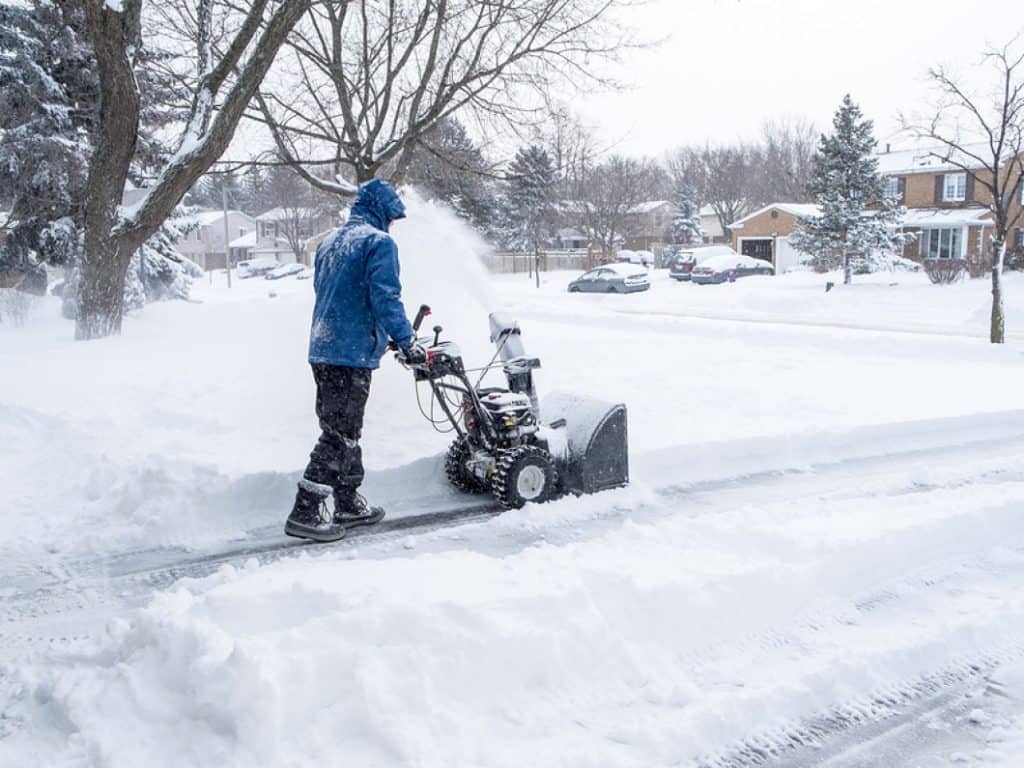
The Different Types of Snowblowers
When most people buy a snowblower, the biggest concern is getting one powerful enough for the space they need to clear. Single-stage gas and electric snowblowers can manage smaller driveways and sidewalks. As your area increases, you move into needing two-stage and even three-stage snowblowers. Within each different stage or type (which indicates power), you can buy a variety of different widths, grips, wheel sizes, and other variations.
In recent years, snowblowers have come a long way. Now, they have a lot of technology integrated into them that makes them easier to use and remove snow more effectively. The industry has come a long way to deliver more value for property owners and managers everywhere.
Generally, single-stage snowblowers can handle snow depths up to 8 inches. If your neighborhood experiences more than that, then you should consider getting a two-stage or three-stage. The higher stage blowers will also be much better at clearing heavy or packed snow that’s been sitting for a while.
Snowblowers also come with push assist options that self-propel. They come with push-assist and there are even models that drive themselves without any muscle at all. That’s a big relief for people who might struggle wrestling a snowblower through piles of snow. It helps when you’re clearing a large area because you’re not constantly struggling with the whole weight of the machine. Some have electric starters, and some come with a manual recoil starter. There are other options like headlights, heated handles, and remote chute control as you get into higher-end snowblowers.
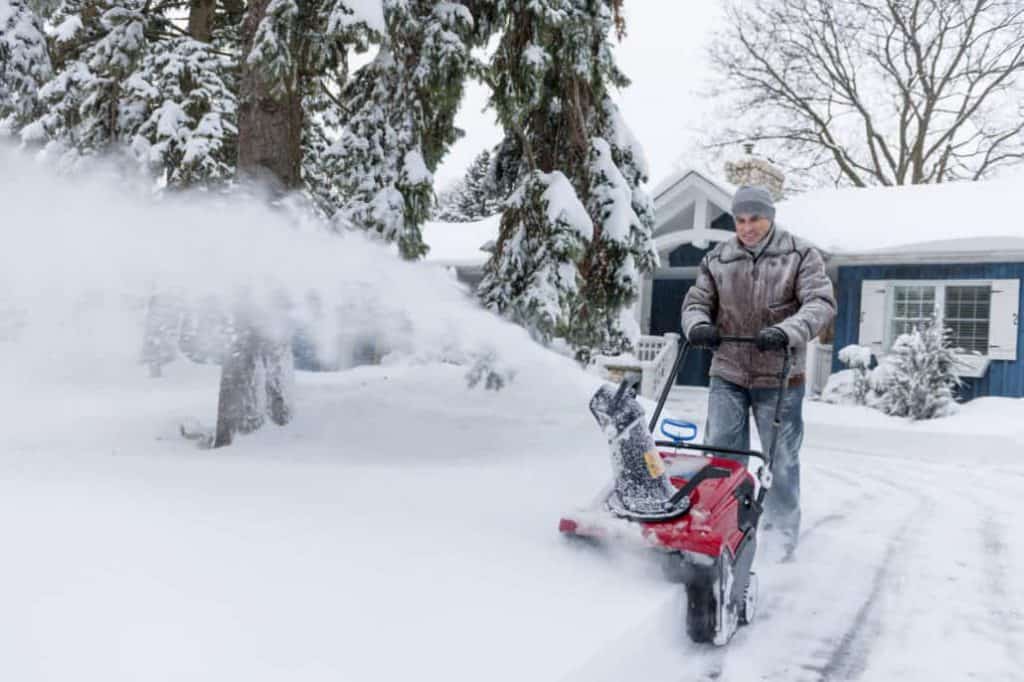
Prepping Your Snowblower for Use
When snowblowers sit dormant in garages or self-storage units for much of the year, they can be a bit cranky when you finally have to break them out. When winter comes, spending a few minutes getting your snowblower ready for use will ensure that it will perform well throughout the winter. Here’s a basic checklist you can run through before the snow starts to fall:
- Check the oil – If it’s been almost a year since you changed your oil, think about switching it out for fresh oil. If you forget, it’s still ok to use it once to clear the first snow, but the oil should be changed every season.
- Check the Spark Plugs – Trouble starting your snowblower could be due to an old spark plug. They’re easy to buy and install. Before you buy, take the existing one out and give it a cleaning. Sometimes dust and dirt prevent a good connection and spark.
- Replace Old Belts – Belts break down over time due to wear and tear. The last thing you want is a broken belt while you’re halfway through your driveway.
- Add Lubrication – Lubricate your drive and chassis to make sure all the mechanical parts in your snowblower are moving smoothly. While you’re at it, give all your nuts and bolts a check to see if they’re tightened.
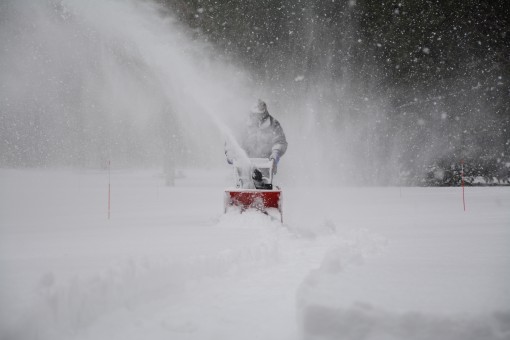
After the Snow Melts
After a winter full of great performance from your snowblower, it’s time to think about storing it for the summer. Don’t make the mistake of just shoving your snowblower in the corner of your garage. The steps you take before your snowblower spends months dormant will keep it running for years without issue.
Here are some things you should do before hanging your snowblower up for the season:
- Empty the Gas Tank – Don’t leave gas sitting in your gas tank for months. Empty it and make sure you add a bit of fuel stabilizer before you break it out and start using it again.
- Remove the Spark Plug – This is a matter of preference. If you don’t want to have to clean off or replace your spark plug, you can remove it for the summer and keep it in a sealed bag so it stays clean.
- Wrap It Up – Usually, when you buy a snowblower new it will come with a canvas bag or case that is supposed to wrap it during periods of non-use. Wrapping your snowblower will keep it clean and protect it from dust or other foreign objects getting inside and causing damage.
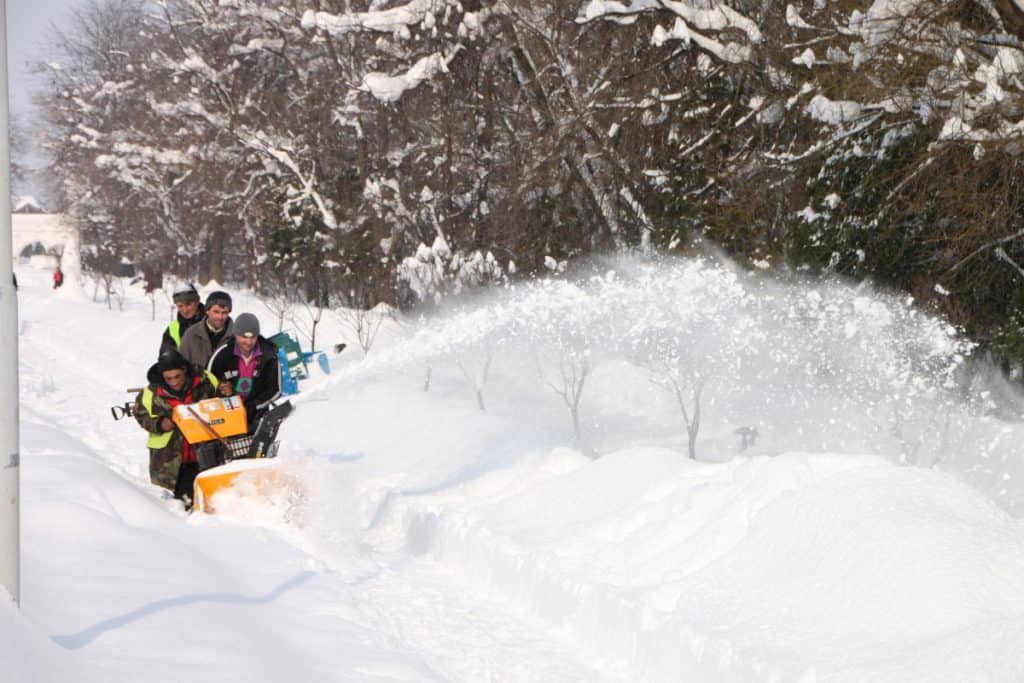
Snowblower Storage Ideas that Work for You
Garage Storage
If you’ve got the space, keeping your snowblower on the property is certainly the most convenient. You can keep it on a pad inside your garage to prevent oil or gas spills from staining the ground. The main issue with garage storage, though, is that stuff in there piles up quickly. If you peek in most American garages, you’ll find mountains of clutter that are hard to sift through.
Precious garage space also gets taken up by lawn care items during the summer. You’ve got to be able to get your mower, shovels, rakes and other equipment in and out easily. Keeping each season’s gear in your garage isn’t always practical.
Shed Storage
Property owners with large lawns of their own storage space can keep snowblowers in sheds. Sheds protect from rain and other harsh weather conditions, so they’ll keep your snowblower in good shape for when you need it in the winter. Sheds can be expensive, though, so you have to weigh the cost-benefit if you don’t already have one.
A Self-Storage Unit
Among snowblower storage ideas, using a self-storage unit should be on the list. Many people are surprised at how affordable, safe, and easy to access self-storage units are. They come in different sizes, so you can select a unit that serves your purposes without paying for unused space.
So many Americans deal with managing clutter and keeping garages clear. With a self-storage unit, you can have a space near your home that’s easy to access to keep things you use on an irregular basis. Why keep things at your house that you only use a few times a year. Not only can you keep your snowblower inside but store the skis and other sports equipment in there along with it. A short ride to the storage unit facility, and you can collect what you need for the day without it creating chaos in your garage.
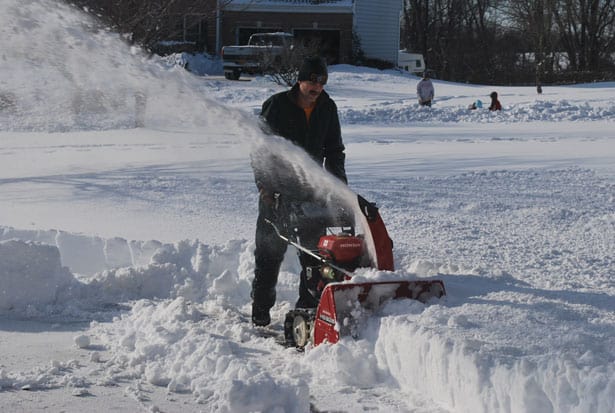
Storing Your Snowblower for the Long-Term
The bottom line is that keeping your snowblower properly stored throughout the year will extend its lifespan and keep it working better for longer. They’re not cheap machines, so whatever you can do to prep it for season changes and preserve it when you’re not using it will make your money go farther.
A snowblower makes getting through snow much easier. Many Americans rely on them to keep their sidewalks and driveways clear. They help prevent injuries and even protect property owners from legal liability if someone falls on their property. Do yourself a favor and plan some snowblower storage ideas you can use for years. You’ll be thanking yourself when the snow starts falling.
